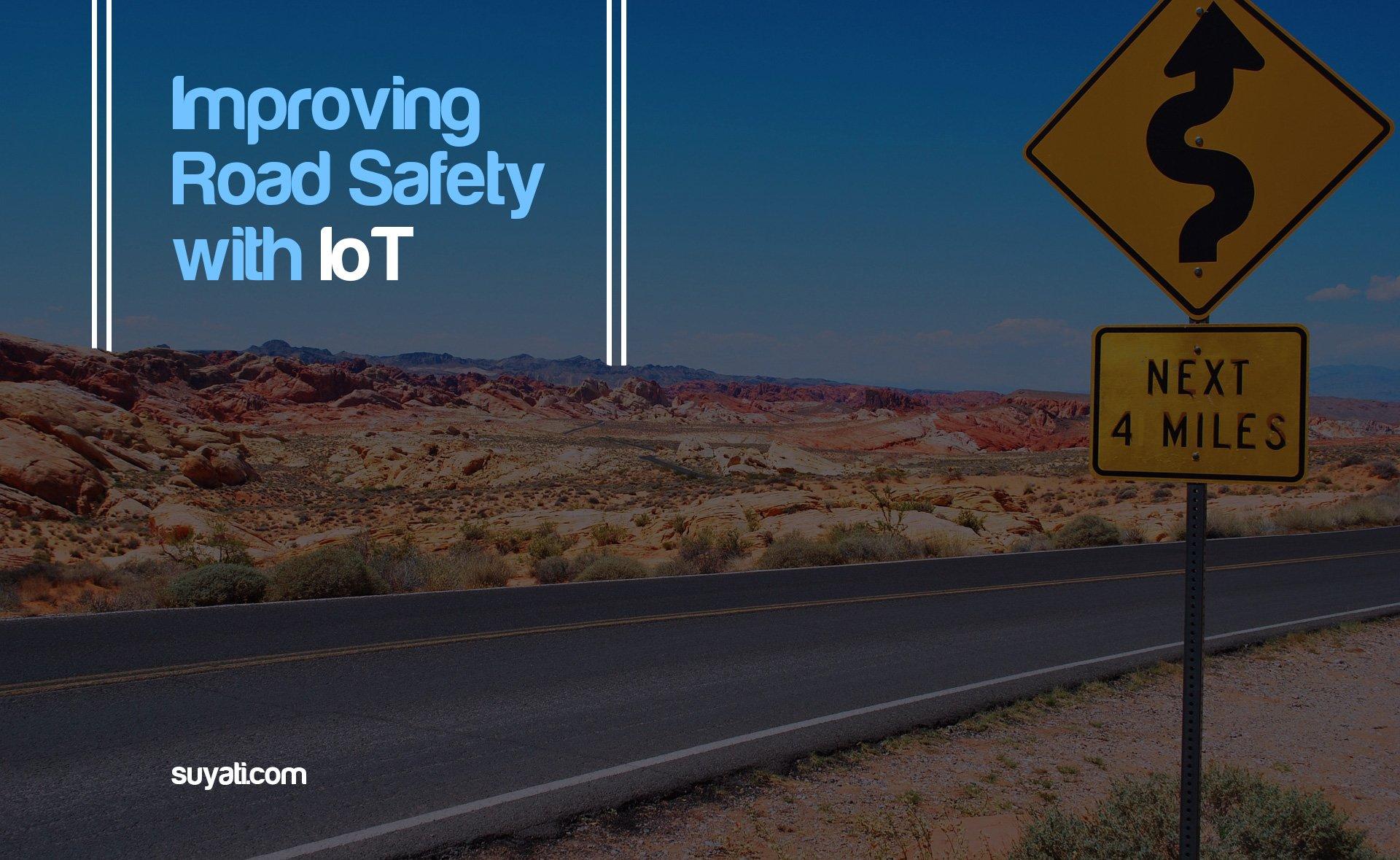Inquire
Managing road traffic with the help of the Internet of Things (IoT)

Managing road traffic with the help of the Internet of Things (IoT) involves using interconnected devices, sensors, and data analytics to gather real-time information about traffic conditions, analyze the data, and implement smart solutions to optimize traffic flow. Here are some steps to manage road traffic with IoT:
1. **Smart Traffic Signals**:
Replace traditional traffic signals with smart ones that can adjust signal timings based on real-time traffic conditions. These signals can communicate with each other and adjust their timings dynamically to optimize traffic flow.
2. **Vehicle-to-Infrastructure (V2I) Communication**:
Enable vehicles to communicate with the infrastructure, including traffic signals and road-side sensors. This communication allows vehicles to receive real-time traffic information and optimize routes accordingly.
3. **Vehicle-to-Vbetweenehicle (V2V) Communication**:
Implement communication vehicles to exchange information about traffic conditions and potential hazards. V2V communication can help drivers make informed decisions and avoid congested areas.
4. **Real-time Traffic Monitoring**:
Install IoT sensors and cameras at key points on the road network to monitor traffic in real-time. This data can be sent to a centralized system for analysis.
5. **Data Analytics and AI**:
Utilize data analytics and artificial intelligence to process the real-time traffic data and identify patterns and trends. AI algorithms can predict traffic congestion, accidents, or roadblocks and suggest alternative routes.
6. **Dynamic Route Guidance**:
Develop mobile applications or integrate with existing navigation systems that provide dynamic route guidance based on real-time traffic information. These applications can help drivers choose the most efficient routes to their destinations.
7. **Parking Management**:
Use IoT sensors to monitor parking spaces in urban areas. Drivers can check the availability of parking spaces through mobile apps, reducing the time spent searching for parking and decreasing traffic congestion.
8. **Public Transportation Optimization**:
Implement IoT solutions to monitor public transportation vehicles, such as buses and trains, and optimize their routes and schedules based on passenger demand and traffic conditions.
9. **Emergency Vehicle Priority**:
IoT-enabled traffic management systems can detect emergency vehicles and give them priority by adjusting traffic signals and clearing the way for faster response times.
10. **Adaptive Speed Limits**:
Implement adaptive speed limits that change based on traffic conditions. Lower speed limits during congested periods can help maintain a smoother flow and reduce the likelihood of accidents.
11. **Public Information Systems**:
Use IoT-powered displays and signs along the road network to inform drivers about real-time traffic conditions, accidents, and alternative routes.
12. **Traffic Data Sharing**:
Collaborate with other stakeholders, including other municipalities, transportation agencies, and private companies, to share traffic data and create a more comprehensive and accurate traffic management system.
- By integrating IoT technologies into traffic management, cities and municipalities can enhance their ability to respond to changing traffic conditions, improve safety, reduce congestion, and create a more efficient transportation system overall.
Implementing IoT for road traffic management offers several significant benefits:
1. **Improved Traffic Flow**:
By using real-time data and dynamic adjustments, traffic flow can be optimized, reducing congestion and travel times for drivers.
2. **Enhanced Safety**:
IoT-enabled systems can detect and respond to accidents or hazards more quickly, improving emergency response times and reducing the likelihood of accidents.
3. **Reduced Emissions and Environmental Impact**:
Smoother traffic flow and reduced congestion lead to fewer vehicles idling in traffic, which results in lower greenhouse gas emissions and improved air quality.
4. **Cost Savings**:
Efficient traffic management can lead to fuel savings for individual drivers and operational cost reductions for public transportation systems.
5. **Better Resource Allocation**:
Traffic data and analytics can help authorities allocate resources more effectively, such as adjusting traffic signal timings or deploying traffic police to areas with higher congestion.
6. **Optimized Public Transportation**:
IoT can be used to optimize public transportation routes and schedules, making it more attractive to commuters and reducing the number of individual vehicles on the road.
7. **Improved Emergency Response**:
IoT systems can facilitate faster emergency response times by giving priority to emergency vehicles and providing real-time data to first responders.
8. **Enhanced Driver Experience**:
Drivers can benefit from real-time traffic information and dynamic route guidance, leading to a less stressful driving experience.
9. **Smart City Integration**:
IoT-based traffic management is a crucial component of a larger smart city ecosystem, promoting integration with other smart systems like parking management, waste management, and public safety.
10. **Data-Driven Decision Making**:
Traffic data collected through IoT sensors can be used for data analysis and decision-making, helping city planners and transportation authorities make informed choices for infrastructure development and traffic management strategies.
11. **Adaptability to Events**:
IoT-based systems can quickly adapt to unexpected events, such as accidents, construction work, or public events, and reroute traffic accordingly.
12. **Reduced Travel Time Variability**:
Smoother traffic flow and better route guidance can reduce travel time variability, making travel more predictable for commuters and businesses.
- Overall, leveraging IoT for road traffic management has the potential to create safer, more efficient, and sustainable transportation networks, contributing to improved quality of life for residents and visitors alike.

- Managerial Effectiveness!
- Future and Predictions
- Motivatinal / Inspiring
- Other
- Entrepreneurship
- Mentoring & Guidance
- Marketing
- Networking
- HR & Recruiting
- Literature
- Shopping
- Career Management & Advancement


 SkillClick
SkillClick